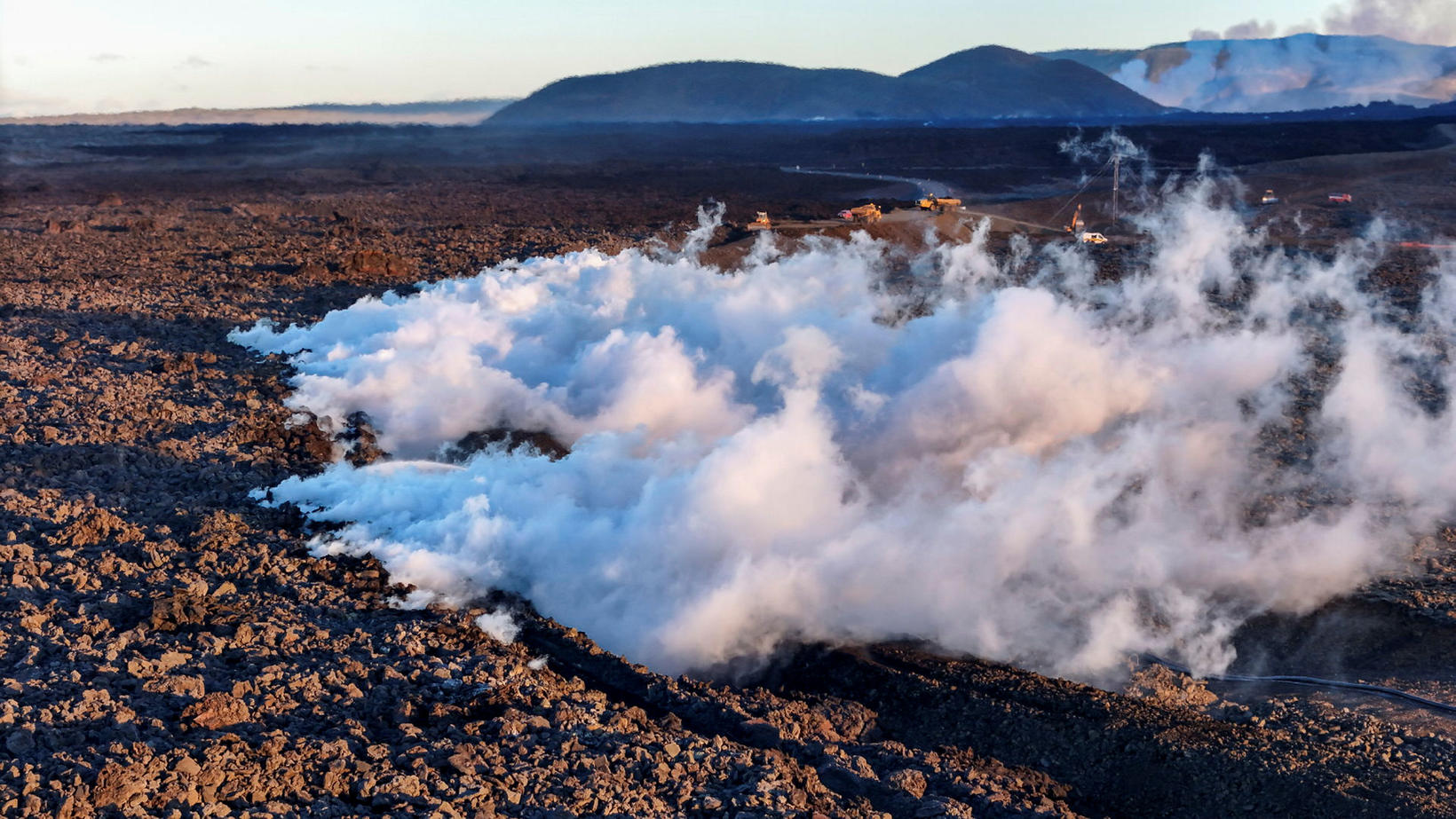No signs of deformation as Reykjanes Peninsula braces for possible eruption
The situation at the Sundhnúkagígar crater row on the Reykjanes Peninsula remains stable, with no signs of ground deformation indicating an imminent eruption, according to Jóhanna Malen Skúladóttir, a natural hazard specialist at the Icelandic Meteorological Office.
Over the past 24 hours, seven earthquakes have been recorded near the magma tunnel, reinforcing the likelihood that the eighth eruption in the ongoing series—active since December 2023—could occur soon.
Eruption could happen at any moment
Skúladóttir reports that between five and fifteen earthquakes per day have been detected at the magma tunnel in the past week.
"Magma accumulation under Svartsengi continues, and we assess that magma flows and eruptions could resume at any time," she stated.
The last eruption in the Sundhnúkagígar crater row ended on December 9, and magma accumulation under Svartsengi has since surpassed previous levels. This marks the longest period of magma buildup in the current eruption cycle—now at 118 days since the last eruption began on November 20, 2024.
Minimal warning before an eruption
Despite ongoing activity, Skúladóttir emphasizes that no deformation is currently visible. Monitoring equipment, including GPS sensors, fiber optic cables, and pressure gauges in boreholes, has detected no significant shifts.
However, she warns that an eruption could begin with very little notice. "The last eruption in this series, on November 20, gave just over 30 minutes of warning before breaking out," she noted.
Meanwhile, no seismic activity was recorded at Reykjanestá overnight. The earthquake swarm that began there last Wednesday appears to be subsiding, with more than 700 quakes recorded in total.








/frimg/1/53/30/1533092.jpg)

